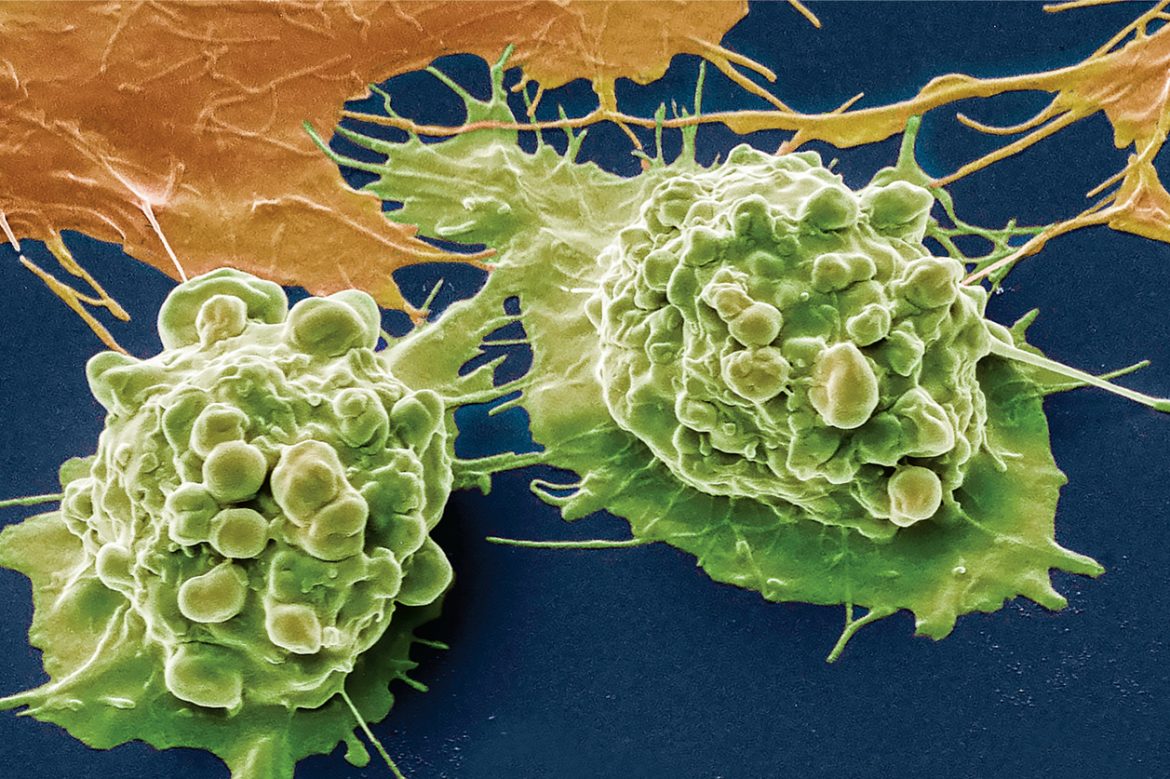
Cancer is Mainly Bad Luck!
Predominant cause of cancer is simply “biological bad luck” according to a new study by two Johns Hopkins University researchers. Excluding external factors like smoking, exposure to radiaton or environmental effects, the number of adult stem cells stocked in the body’s organs and tissues, and random mutations which occur each time they divide are the main causes of cancer according to the authors.
Oncologist and cancer geneticist Professor Bert Vogelstein and biomathematician Cristian Tomasetti say two thirds of cancers which develop in tissues of adults can be explained by misfortune. The remaining third is attributable to environmental factors and heredity.
"Cancer-free longevity in people exposed to cancer-causing agents, such as tobacco, is often attributed to their 'good genes,' but the truth is that most of them simply had good luck," says Prof. Vogelstein.
According to the researchers, the simple mathematics of cancer operates like this: First, you look at the total number of cells that make up an organ or tissue, determine the share of the long-lived stem cells in the sum, and work out how many times the stem cells divide.
A brief explanation at this point as to the number of stem cells in question:
Other than the “totipotent” embryonic stem cells which appear in the very first stages of embryonic development and can differentiate into any cell of the body, and some other varieties with lesser potency, every organ and tissue has its own stock of “adult” stem cells which can turn only into a cell of that specific organ to replace the dying ones, lcomparable to substitutes sitting on the bench in a football or basketball game. The adult stem cells are long lived because they can ddivide indefinitely to make copy of themselves as well as creating a “progenitor” cell that can eventually differentiate into the tissue cell when the need arises.
Going back to the math, each time the stem cell divides, there is the risk of cancer causing mutations when the DNA of the daughter cell, inheriting our genetic code, contains some mismatched letters. This being the case, the organ or tissue with the highest number of stem cells becomes the one with the highest risk of developing cancers because of the larger stock of accumulated mutations.
To determine the numbers going into calculations, Tomasetti browsed the literature to find out the share of the stem cells in the cell population of specific tissues.
Comparing the total numbers of stem cell divisions with the cancer risk over a lifetime in 31 different tissues, he found that they correlate. That is, cancer risk increases with the number of cell divisions. For instance, occurence of cancers in the colon is far more widespread than those in the duodenum at the beginning of the little intestine. And in Tomasetti’s calculations, a trillion stem cell divisions take place within the colon in a lifetime, whereas the figure remains at 10 billion in the duodenum.
Showing his math on a chart, he arrives at a correlation of 0.804, a value fairly close to 1, which, if it was the value on the X-axis which represents the stem cell divisions over a lifetime, then it would have been possible to pinpoint the cancer risk shown on the Y-axis, with 100 percent precision.
REFERENCES
- 1. “The simple math that explains why you may (or may not) get cancer”, Science Online, 1 January 2015
- 2. “’Bad luck’ of random mutations plays predominant role in cancer, study shows” , Johns Hopkins Medicine, 1 January 2015
- 3. “The bad luck of cancer”, Science, 2 January 2015
